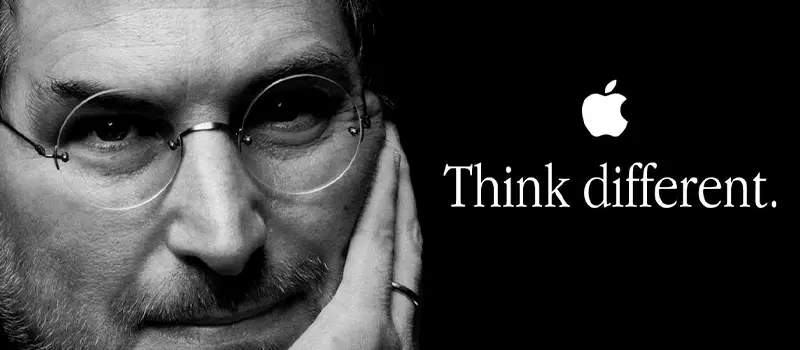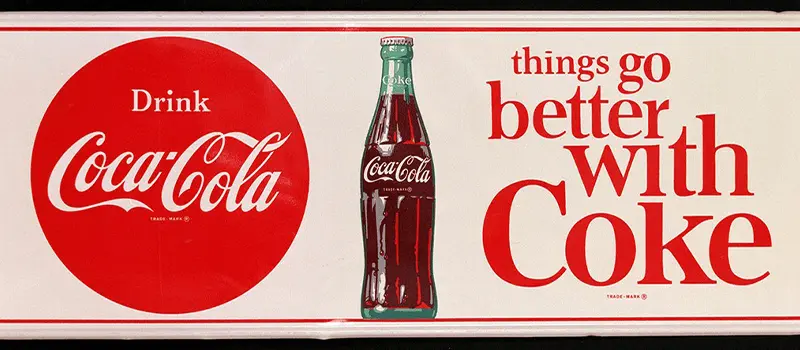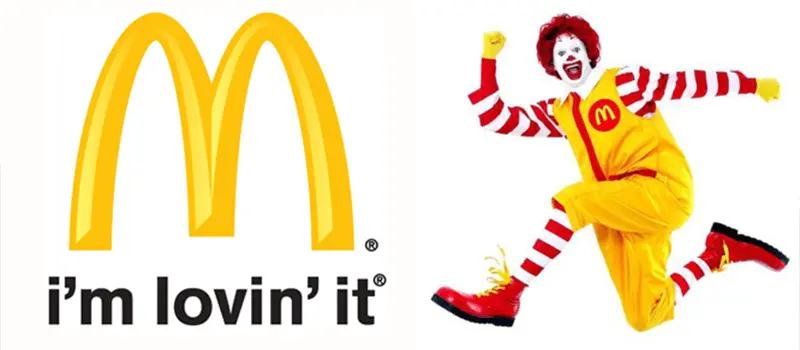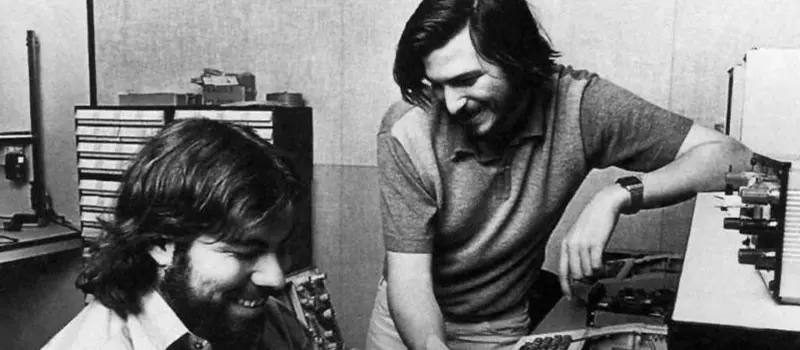So, you’re building a brand and its time to come up with that catchphrase or motto that people will remember.
That’s your slogan right?
Or is it your tagline?
Is there a difference?
Are they one and the same?
Or are they strategic tools for specific scenarios?
In this article, we’re gonna dissect the tagline vs slogan and put them side by side so you won’t need to ask any of the above questions again.
Tagline or Slogan [Which Brand Strategy Tool To Use]
One-click subscribe for video updates
Branding v Marketing [Know the difference]
![Branding v Marketing [Know the difference]](https://brandmasteracademy.com/wp-content/uploads/2019/12/Branding-v-Marketing-Know-the-difference.webp)
In the world of branding and marketing, there’s no shortage of elements that cross over to the point that it can often be difficult to distinguish between them.
What falls under marketing?
What falls under branding?
And when do you do what?
Branding and marketing rely on each other. You can’t do one without the other.
[Well, technically, you can, which is why there are so many failed businesses today.]
So rather than “you can’t,” I’ll say “you shouldn’t” do one without the other.
Between them, they share the same goal.
“To attract and nurture customers to a business, to ultimately grow that business and reputation.”
But branding and marketing have very specific jobs.
Some of those jobs cross over, but for the most part, they’re distinctively different.
When you know what the jobs are and the tasks within each job, you can break down the elements involved to understand when to use what and under what circumstances you use them.
The Definition And Role Of A Tagline

What is a tagline? Well, it’s:
The memorable formation of a concise set of words, which capture the unique value a brand offers its audience.
Do the words finger lickin’ good ring a bell?
If you’re like most people, you’ll instantly think of KFC.
There are many overlaps between a slogan and a tagline, but these short sentences serve different purposes. The job of the tagline is to help the target audience associate the brand name with an idea, which in the early stages of the brand is centered on the differentiation strategy.
[The tagline can evolve later to represent a broader idea that is less focussed on the differentiation strategy and more aligned to an overarching belief.]
The tagline helps the audience to first remember, then associate the brand with the difference and value the brand offers in the market
The tagline, therefore, plays a key role in solidifying the brand’s position. So it’s worth it to get it right early on.
PRO Brand Strategy BluePrint
Build Brands Like A Pro Brand Strategist

The Definition And Role Of A Slogan

What is a slogan? A slogan is:
A memorable and catchy phrase, which captures the overarching theme of a marketing campaign.
While the tagline represents only the brand, a slogan may be used to represent the brand or the brands’ products or services.
The job of the slogan is to help the audience to remember key ideas which marketing campaigns focus on.
These ideas may be in relation to:
Features
Benefits
Emotions
Differences
Broader Ideas.
Slogans are more flexible than taglines allowing them to deviate from the focus of the differentiator.
While a tagline remains constant, slogans can change from one campaign to the next.
They allow brands to experiment with different approaches to their audience without loosing sight on why they want to be remembered.
When it comes to company slogans, you really want to keep them short and sweet. Long enough to convey a full concept — but short enough to be remembered.
A powerful example of a slogan would be Steve Jobs’ legendary “A thousand songs in your pocket” when introducing Apple’s first iPod.
Explore Brand Strategy
Programs & Tools
Slogan vs Tagline

When you read the definition of each, you can see some very distinct similarities, though it’s the differences that stand out.
The Tagline focuses on the activities of the branding.
The tagline is an overarching and constant message of why the brand should be remembered which is strategically developed at the positioning strategy level.
Slogans focus on the activities of the marketing.
Slogans sit under the banner of the tagline and the position of the brand, which can communicate a variation of approaches to the brand itself or the product or service being marketed.
They influence the success of campaigns and can help to solidify the overall position of the brand.
While a brand will only ever have one tagline at any given time, it may have multiple slogans representing different campaigns, products or services.
When Is A Tagline Developed

The brand strategist develops a tagline in the initial stages of the brand strategy in conjunction with the communication strategy.
Initially, the tagline is laser focused on the positioning strategy and more specifically, the differentiator of the brand (i.e. why is this brand is different from its competitors and why the audience should care?).
Many people, especially small business owners, tend to use templates to develop their tagline, mission statement, and brand message.
However, this approach limits the brand’s ability to convey the company’s values to the template’s constraints.
Instead, working with a brand strategist (and a copywriter), small businesses have a better chance of developing successful messaging, including their tagline.
When is the slogan developed?

The marketing team, overseen by the brand manager and nearly always working with copywriters, develops a slogan during the creative stages of a marketing campaign.
They may come up with different slogans and ultimately land on one — or keep a few options for different markets, for example.
Developing a slogan, much like developing a tagline, is a very creative process.
The flexibility of the slogan however, offers marketers more creative space to push beyond the boarders of the differentiator-focused tagline.
How Successful Slogans Become Taglines

Quite often, due to its success and memorability and on the back of a highly successful marketing campaign, the audience adopts a slogan as their battle cry and begins to associate the brand with this slogan over its tagline.
This tends to happen when the slogan represents a broader idea that resonates with the audience and can mark the evolution of the tagline and the brand’s position in the market.
In this case, the brand often rides the wave of success and adopts the highly popular slogan in place of its original tagline [marking the evolution of the tagline from differentiator-focused to idea-focused].
Brands should aim to keep their tagline as constant as possible.
The reality is, however, that:
brands evolve over time — and so do their taglines.
Successful campaigns often give birth to popular slogans, any of which can dethrone the tagline and land the top spot for itself.
Successful campaigns and slogans such as these can catapult brands to iconic status. One needs to look no further than the Showtime Rotisserie’s famous “Set it and forget it” to see this come to life.
Examples of Slogans Evolving To Taglines

Some of the most memorable taglines in the world debuted as a slogan for an advertising campaign.
Their success landed in the minds of their respective audiences and carved out a position, which represented better real estate than the position they previously held.
Nike – Just Do it [1987]
McDonald’s – I’m Lovin it [2003]
Apple – Think Different [1997]
Mastercard – Priceless [1997]
Avis – We Try Harder [1962]
Before these iconic slogans were born, each of these brands had different taglines, which were dropped for the highly popular slogan.
The Apple Tagline History

Iconic taglines aren’t usually born with the brand.
It often takes brands many years to refine their messaging and land on a tagline that represents who they are to their audience and this is a dance between both brand and audience.
This list of Apple’s company taglines is a perfect example of how the biggest brands evolve to better appeal to their Audience.
“Byte into an Apple” (Late 1970s)
“Soon there will be 2 kinds of people. Those who use computers, and those who use Apples.” (Early 1980s)[
“The Computer for the rest of us” (1984)
“The Power to Be Your Best” (1990)
“Think different.” (1997–2002)
“Switch” (2002–2003)
“Get a Mac” (2006-2009)
Along with these brand-based advertising slogans, Apple had many more product-based slogans too.
It’s important to note, however, that Apple isn’t coming up with a new tagline every 5 minutes.
These examples span 40 years and their “Think Different” tagline has represented Apple for over 20 years.
Conclusion
Strategic branding is an art that uses many strategic tools.
It’s important to know when you’re building a brand, which tools to use and when.
The tagline is a critical tool for establishing an initial position in the market by associating the brand with the difference and value they offer.
The slogan is a useful and flexible tool for testing different approaches and can sometimes open the door to broader idea-based positioning.
Are you building a brand using either of these tools?
We’re you already using them correctly, or will you change your approach going forward?
What is your biggest takeaway here?
Let me know in the comments Right Now!
On-Demand Digital Program
Brand Master Secrets
Make the transition from hired-gun to highly valued brand strategist in less than 30 days. The systems, frameworks and tools inside this comprehensive program are all you need to level up.









????????????????